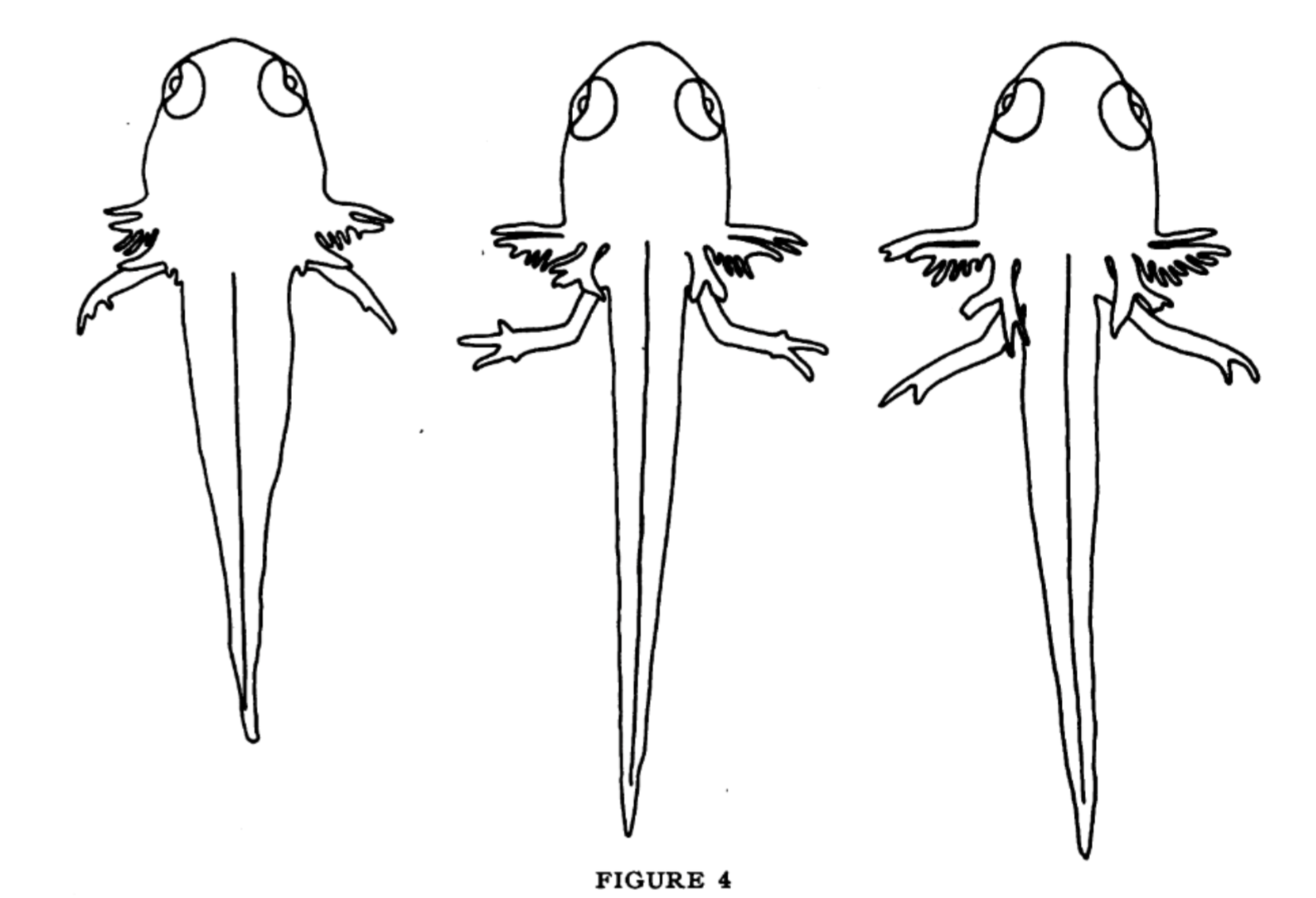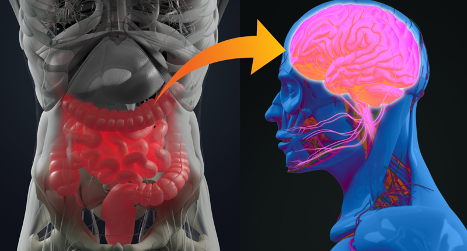Newest Posts

FELINE VOCALIZATION: IT’S THE CAT’S MEOW!
MEOW! meeeeeoooooow. meow meow meow meow; meow. Meowww. M30W. meeeeOW!! MEoW! meeeow.

TO INFINITY AND BEYOND: HOW THE JAMES WEBB SPACE TELESCOPE REVOLUTIONIZES OUR UNDERSTANDING OF THE COSMOS
The first of JWST’s photos were released to the public on July 12th, 2022, with its photos becoming well-known for their clarity and beauty. But outside of just the aesthetic, wallpaper-worthy photos, JWST’s scientific importance cannot be underestimated. JWST peers into the early universe, redefining our place in the cosmos and revealing the origins of our planet, galaxy, and beyond.

Science behind cell size: to get big, make more DNA?
Despite the staggering range of size of cells in our bodies, choose just one type, and you will find that cells are more or less the same size. Somehow, cells in our body seem to know what size to reach and know how to maintain themselves at that size. But how?

THE GUT-BRAIN AXIS AND ITS ROLE IN PARKINSON’S DISEASE
It is increasingly clear that communication between the gut and the brain occurs in a wide variety of situations. This communication is called the “gut-brain axis” and is a rapidly accelerating field of research.
